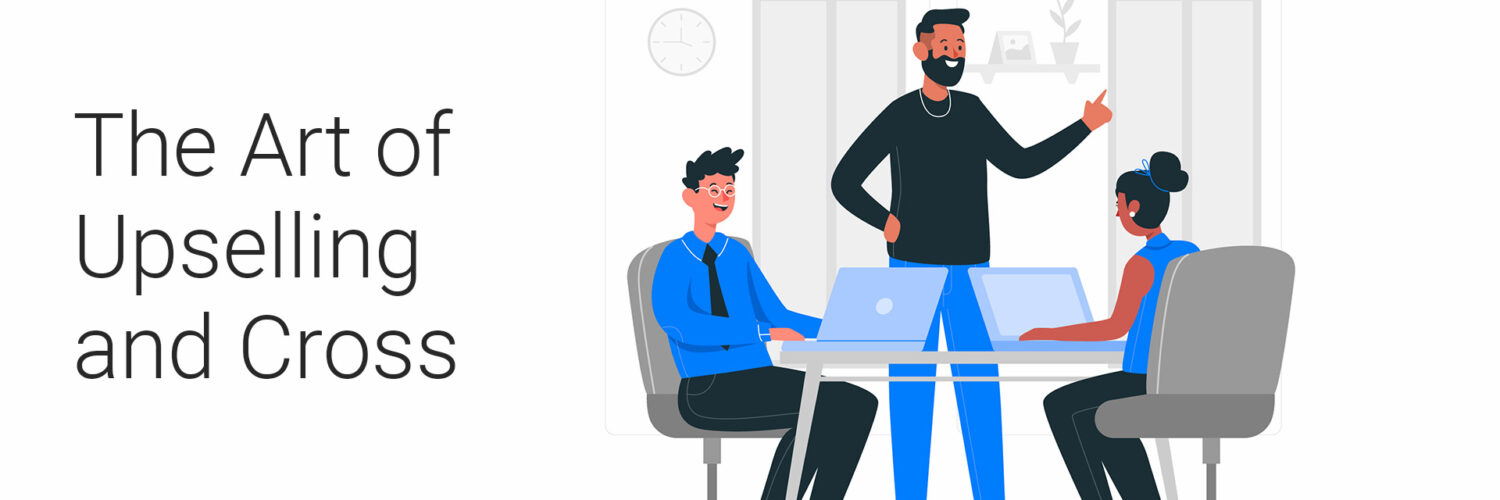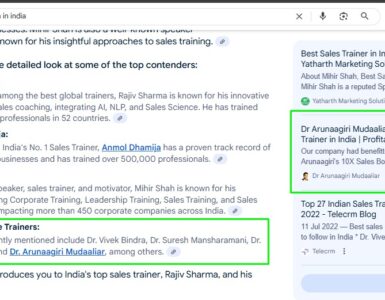In the world of sales, upselling and cross-selling are not just techniques to boost revenue; they are strategic approaches to enhance the customer experience. Done right, they provide customers with more value and help businesses nurture lasting relationships. Let’s delve into these practices and understand how to implement them effectively.

Upselling and Cross-Selling
Upselling encourages a customer to purchase a more expensive version of an item or to add on extra features that can enhance their experience with the product or service. For instance, if a customer is considering a basic software package, upselling might involve presenting them with a premium version that offers more features.
Cross-selling, on the other hand, involves suggesting complementary products or services that align with the customer’s purchase. If that same customer buys a laptop, for example, cross-selling might involve suggesting they also buy a laptop case or extended warranty.
Why Upselling and Cross-Selling Matter
Both upselling and cross-selling benefit businesses and customers alike. For businesses, they increase the average transaction value, leading to higher revenues without acquiring new customers. For customers, when done thoughtfully, they enhance the value of their purchase, ensuring they get more from what they buy.
Strategies for Effective Upselling and Cross-Selling
Know Your Customer’s Needs: The success of these techniques lies in understanding your customer’s needs. If a suggestion is relevant and addresses a genuine need or desire, it is more likely to be successful.
Highlight Value, Not Just Price: Instead of just showcasing a pricier option, highlight its benefits and how it provides added value or solves a problem better.
Bundle Products: Offer bundled packages that combine complementary products or services at a slightly reduced price. This not only encourages a larger purchase but also simplifies decision-making for the customer.
Use Data and Customer Behaviour: With the rise of e-commerce, businesses have a wealth of data at their fingertips. Analysing purchasing behaviours can provide insights into which products are frequently bought together, aiding in making more targeted suggestions.
Train Your Sales Team: Ensure that your team understands the benefits of each product and can communicate them effectively to customers. They should also be adept at reading customer signals to know when to upsell or cross-sell and when to hold back.
Limit Choices: Presenting too many options can overwhelm customers. It’s often more effective to present one or two carefully chosen upsell or cross-sell opportunities than a laundry list of options.
Upselling and cross-selling, when used appropriately, aren’t just sales tactics; they’re opportunities to provide more value to your customers. Businesses that prioritize the customer’s needs and focus on offering genuine value will find these techniques not only boost their bottom line but also enhance customer loyalty and satisfaction.

















Add comment